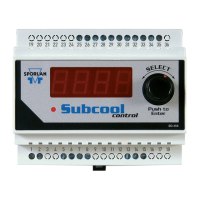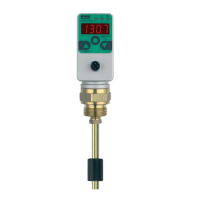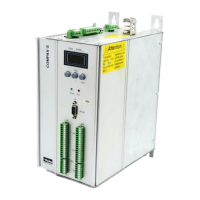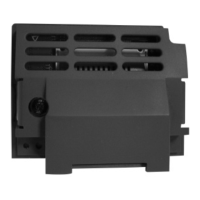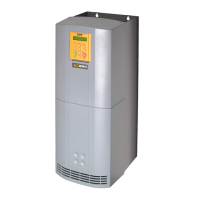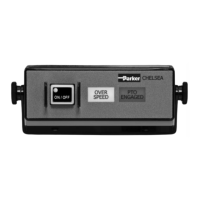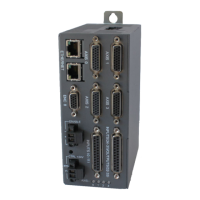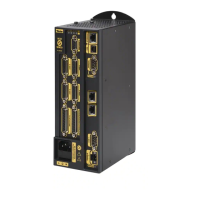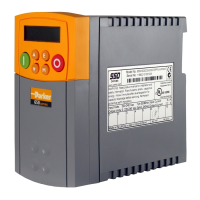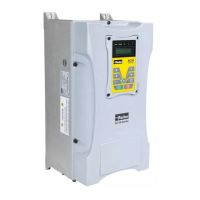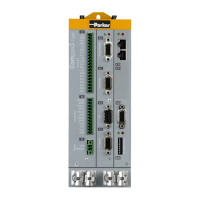Page 2 – SD-453
defrost but not in all situations. If fans stay on, please check
manufacturer’s specs to ensure proper operation). The EEV(s),
Solenoid and EEPR should be shown closed in the app. Ensure
the Control State, which is shown in the app, changes from
Refrigeration to Defrost and the case controller is reading
the correct Defrost amps through the app. You should see a
slow increase in SP as well as COT and DAT. The SH will slowly
decrease as the SP increases.
PRIOR TO NEXT STEP:
Disable defrost through the app. To do this, click on the Manual
Defrost button. Then, change the switch from On to Off and
hit Save.
STEP 5 OVERRIDE SOLENOID AND
EEPR
COMPLETE ONCE PER CIRCUIT
Connect to any of the case controllers on the circuit and go
into the Available Override section of the app. Override
the solenoid to be CLOSED. Do this by first clicking on the
“Solenoid” button as shown in Figure J. The screen shown
in Figure K will appear. Although it may already show the
solenoid valve is closed, the solenoid valve will be able to
open up again. To make sure it stays closed, ensure the switch
is closed, then hit the save button. After a few seconds, the
parameters screen should look like Figure L, with the solenoid
parameter highlighted in yellow. The yellow indicates that the
override is in place.
Override the EEPR to 100% open. Do this by first clicking on the
EEPR setting as shown in Figure M. Move the toggle switch to
100 if it isn’t already there, then hit the Save button. You should
see SP drop to rack suction, the SH increase and COT increase.
This verifies the EEPR is driving in the correct direction and the
solenoid is closed. See Figure N as an example.
STEP 6 CLOSE EEPR AND DISABLE
OVERRIDE TO SOLENOID
COMPLETE ONCE PER CIRCUIT
Override the EEPR to 0% open (meaning closed). See Step 5
above for actions to override the EEPR. The parameters screen
will look like Figure O in a few seconds. Once the EEPR is
closed, disable the override for the solenoid. See Figures P
and Q. To take out the override, click Disable after the menu
pops up. You should see the SP increase. This confirms the
solenoid valve opened correctly and the EEPR is closed. See
Figure R.
STEP 7 CLOSE ALL EEVS AND OPEN
EEPR
COMPLETE PER CASE:
Override all of the EEV(s) in the case to 0% open (meaning
closed). Also override the EEPR to 100% open. You should see
SP drop to rack suction, SH increase and COT increase. This
verifies the EEV(s) are driving in the correct direction and
closing. See Figure S.
STEP 8 VERIFY EEV OPERATION AND
SENSOR WIRING
COMPLETE PER CASE
Override the EEVs to 100% one at a time by opening one to 100%
and setting all the others to 0%. You should see the SH on the
individual coil decrease and the COT increase. Make sure that
the SH is decreasing on the correct coil. See Figure T. If there
are multiple EEVs, then override the EEV that you just tested to
0% open (closed) and perform this step on the other EEV(s) in
the case. This verifies that the valve(s) and sensors are installed
and wiring is correct. It also verifies that each EEV is opening
correctly.
STEP 9 REMOVE ALL OVERRIDES
COMPLETE PER CASE
Remove any overrides and make sure the case resumes normal
operation.
STEP 10 SENSOR CHECK
COMPLETE PER CASE
Look at the current measurements of the sensors and make
sure they are within the acceptable values for the case. See
Figure U.
STEP 11 PROOF OF WORK
COMPLETE PER CASE
Capture the history logs on the case as a baseline when
comparing performance of the case at a later date. Ensure
superheat is within a 3°F dead band and DAT is stable within a
2°F dead band. Tap on coil measurements and create a comma
separated value (CSV) file. See Figure V.
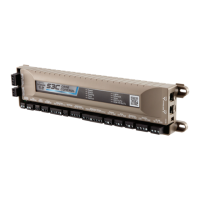
